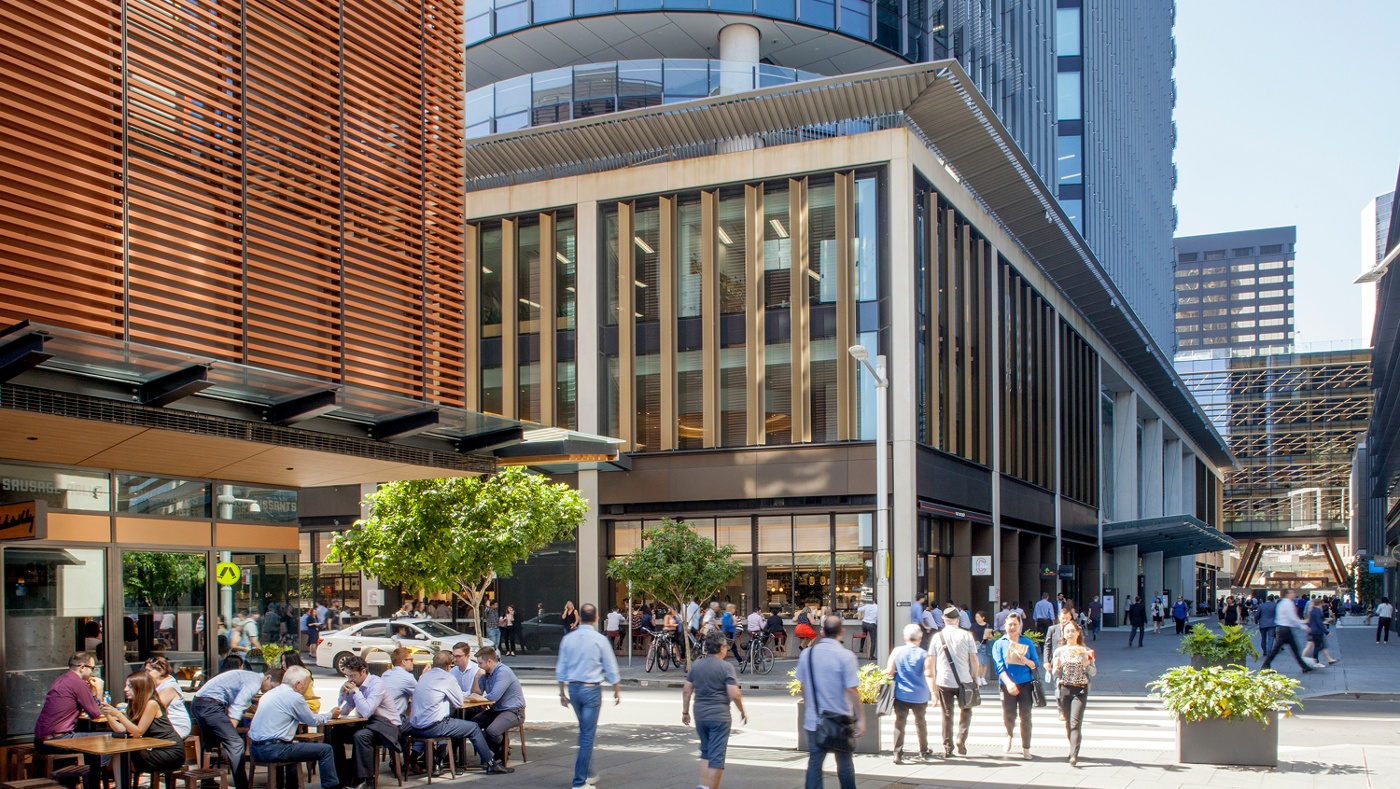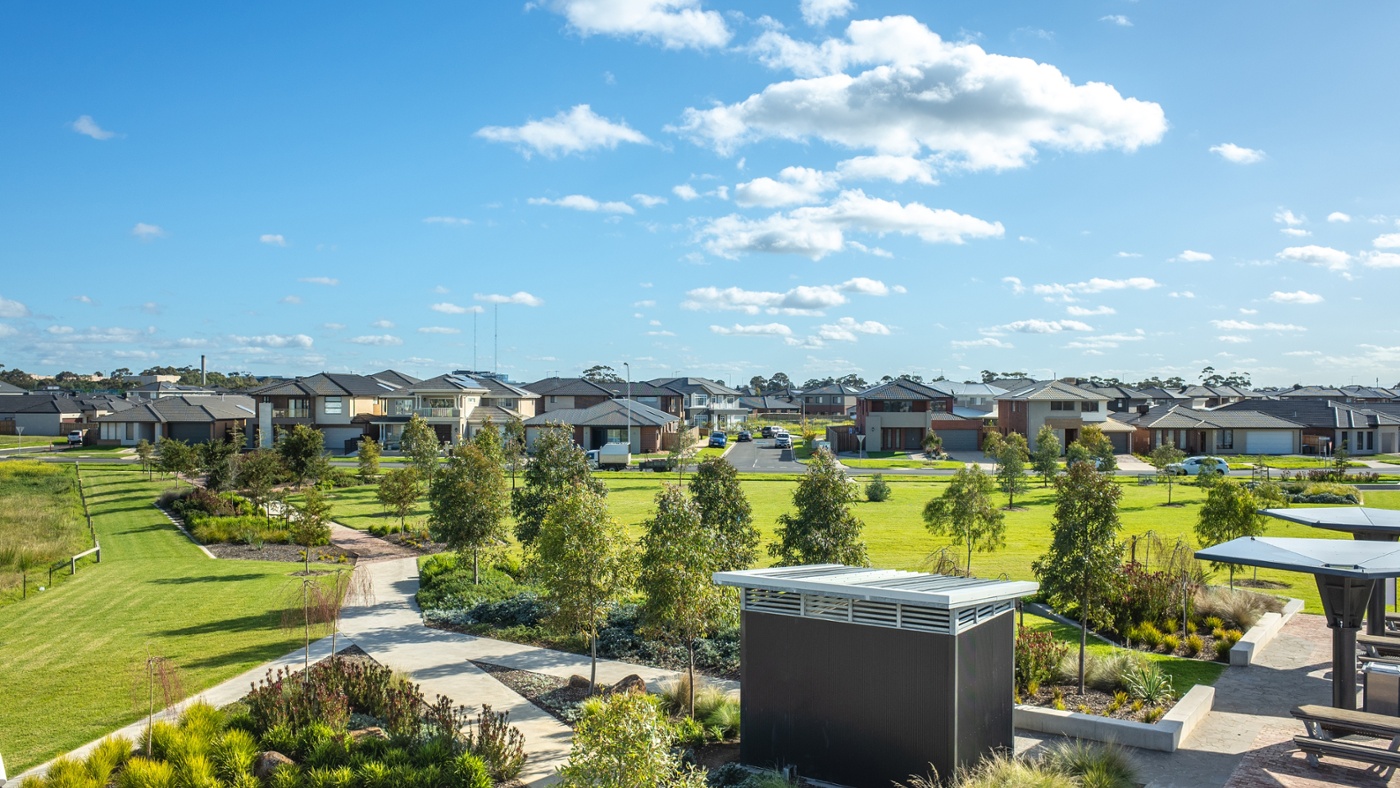Seniors Housing – Goodbye fringes, hello centres

The NSW Housing SEPP has commenced
The new NSW Housing State Environmental Planning Policy (SEPP) commenced on 26 November 2021, which will bring the biggest change to the seniors housing industry in NSW since the introduction of SEPP No. 5 in 1982.
Following feedback from the seniors housing industry on aspects of the draft legislation that was released for public consultation in August 2021 (see our article here), in very welcome news, some key changes have been made in the gazetted instrument which we outline below.
Ethos Urban undertook a policy review and research paper for the Housing Policy team at the NSW Department of Planning, Industry and Environment (DPIE) which then informed further consultation with the industry, as well as state and local government stakeholders. This gives us great insight into the intent of the legislation.
Key positive changes from the consultation draft
1. Prescribed Zones
- SP1 and SP2 Special purpose zones: Only needs to “adjoin” a prescribed zone, rather than be 50% surrounded by a residential zone. Furthermore, in the consultation draft only SP2 zones with “Hospitals” as the permissible use would allow the Housing SEPP to apply. This excluded most schools and universities that are typically zoned SP2. The Housing SEPP now applies equally to both special uses zones where the purposes of public worship, educational establishment or hospital are permitted.
- RE2 Private Recreation zone: Only needs to “adjoin” a prescribed zone, rather than be 50% surrounded by a residential zone.
- R2 Low Density Residential zone: An “operator” under the Retirement Villages Act 1999 can now develop “seniors housing” - ie both independent living units (ILUs) and residential care facilities (RCFs) in the R2 zone.
2. FSR Incentive Bonus
Zones where “shop-top housing” is permissible are now subject to the incentive provision (in addition to zones where residential flat buildings are permissible). This will also apply to B3-Commercial Core zones regardless of whether “shop-top housing” is a permissible use.
The 0.5:1 default FSR for land without a FSR development standard has thankfully been removed. Lastly, the minimum site area for the incentive to apply has been reduced from 2,000m² in the consultation draft to 1,500m² in the made instrument.
3. State Significant Development
The wider definition of “seniors housing” now has a State Significant Development (SSD) planning pathway. RCFs now only must form part of the application (rather than a minimum of 60% of CIV in consultation draft).
4. Metropolitan Rural Area (MRA) Exclusion Zone
The MRA exclusion zone has been removed.
Key Questions
1. R2 Low Density Residential zones:
The new provision to allow an “operator” under the Retirement Villages Act 1999 to develop seniors housing in the R2 zone could have inadvertently prohibited RCFs. This is because RCFs operate under the Aged Care Act 1997 and are excluded from the definition of an operator of a “retirement village” under the Retirement Villages Act 1999.
2. 11.5 m building height:
This development standard appears to apply to seniors housing in any zone as drafted, where the intention is clear that it should only relate to residential zones where residential flat buildings are prohibited.
Key take outs for the industry
1. Goodbye fringes, hello centres:
Whilst seniors housing is effectively now prohibited in rural zones (apart from RU5 Village), the FSR incentives that will apply to any zone where residential flat buildings or shop-top housing is permitted (and any B3 zone) opens significant opportunities for seniors housing to be located in high density zones, particularly in business zones with high base FSRs which will be provided with the greatest incentives (ie 15% for ILUs, 20% for RCFs and 25% for ILU + RCF).
2. R2 zones not completely lost (with a catch):
Any provider that operates under the Retirement Villages Act 1999 can still develop in the R2 zone. An enormous win and relief for the industry facing down the possibility of not only being unable to develop in low density residential areas, but also having hundreds of existing operating villages in NSW being rendered prohibited development. The catch is that legislation could have now (likely inadvertently) made RCFs prohibited development in R2 zones, where they were permissible in the consultation draft.
3. Special purpose zones are available:
Both SP1 and SP2 zones now permit seniors housing where public worship, educational establishment or hospital are permissible. This opens up a wider amount of SP2 zoned land to seniors housing development, which is the zoning of most schools and universities in NSW. Furthermore, SP1, SP2 and RE2 zoned land only now need to adjoin a “prescribed zone”, not be 50% surrounded by residential zoned land - which was in the consultation draft. A significant improvement that will open up more land for seniors housing.
4. Access to services opened up:
More flexibility provided compared to the previous clause 26 of SEPP Seniors, in that, a number of facilities can be provided on site, or accessible by a transport service that is no more than 400m from the site and achieving the requisite path of travel gradients. Important to note that the word “public” does not precede “transport service” anymore.
5. State Significant Development pathway a blessing or a curse:
State Significant Development pathway a blessing or a curse: A new SSD pathway now for all seniors housing that has a Capital Investment Value (CIV) of $30 million or more in Greater Sydney or $20 million outside of Greater Sydney. RCFs must form part of the application, whilst prohibited development cannot form part of the application. Ethos Urban will be very interested in whether there will be industry specific SEARs that will be developed for seniors housing in order to streamline the pre-SSDA lodgement process that has in recent years been prolonged with exhaustive and onerous requirements. Any such industry specific SEARs should be formulated in consultation with industry.
6. No renewal of villages incentive (yet):
A big ticket item to renew older villages reaching the end of their economic life with little ability to renew. This initiative has not been addressed, but hopefully will be at some time in the future to respond to this significant issue for the industry.
Our thoughts
There are some big wins in the made legislation that have improved or corrected aspects of the consultation draft of the Housing SEPP that should be very much welcomed by the industry. In particular:
- Allowing the major providers to continue to operate in the R2 zone.
- Lowering the bar for seniors housing to be permitted on more SP1 and SP2 special purpose zoned land and RE2 Private Recreation zoned land.
- Expanding the applicability of the FSR bonus incentive provision to all B3 zones and any zone where shop-top housing is permitted.
- Providing an SSD pathway for seniors housing where a RCF only needs to form part of a development rather than a minimum of 60% of the CIV.
Ethos Urban has carefully reviewed the new legislation, and we predict that there are what appears to be two drafting errors in the made instrument. The first that could inadvertently prohibit RCFs in the R2 zone and the second is applying a 11.5m building height development standard to seniors housing in all zones, regardless of density. Both of these could be simply corrected via an amending instrument to the Housing SEPP and we encourage DPIE to review this urgently.
Notwithstanding this, the new Housing SEPP is considered a significant improvement on the consultation draft and in our opinion will be a transformative piece of legislation for the seniors housing industry that will help meet the rising demographic demand for this type of housing over the next 15 years. The Housing Policy team at DPIE and Minister Stokes should be commended.
For more information on the new Housing SEPP and to understand the implications it could have for your future development, contact our seniors housing sector lead Daniel West.
Related Insights

NSW Low and Mid-Rise Housing Reforms

Ethos Urban to join Colliers

NSW Government Releases Industrial Lands Action Plan





